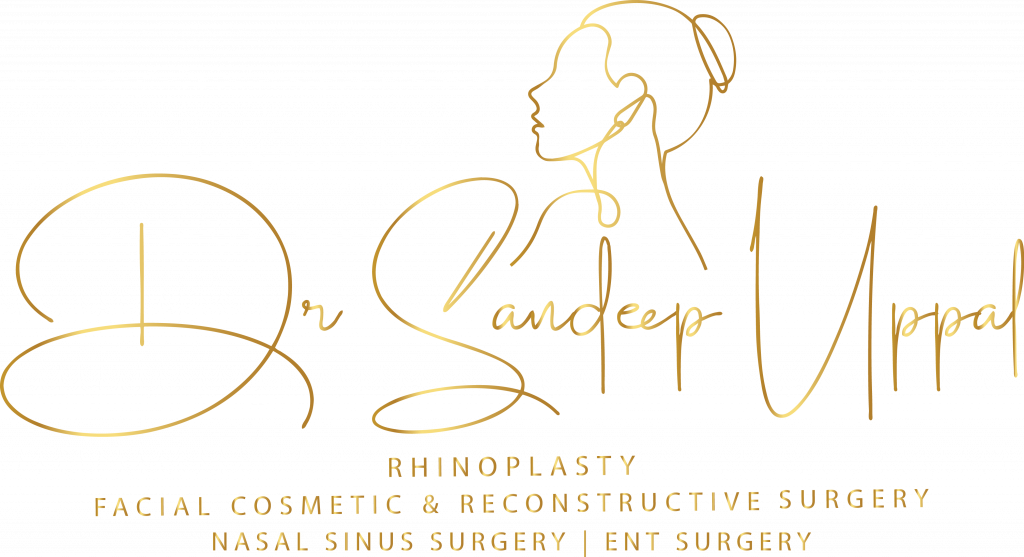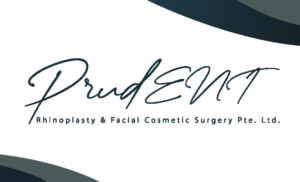CHRONIC MIDDLE EAR INFECTION
Chronic Suppurative Otitis Media (CSOM) is a persistent infection of the middle ear and mastoid cavity that typically lasts for more than three months. It typically presents with a specific set of signs and symptoms. This condition is characterised by the presence of a perforated tympanic membrane (the membrane separating the external ear from the middle ear) and Cholesteatoma. It is a significant health issue that can lead to various complications if not properly managed.
COMMON SYMPTOMS
EAR DISCHARGE
Persistent or intermittent ear discharge (Otorrhoea) that is often purulent. The ear discharge may have a distinct, often foul, smell.
HEARING LOSS
Gradual loss of hearing, usually conductive but may involve sensorineural elements.
EAR PAIN
Occasional pain or discomfort, although less common than in acute forms of otitis media.
VERTIGO OR TINNITUS
If the infection effects the inner ear balance mechanism, patients may experience dizziness. Rarely there is ringing in the ear.
WHAT CAUSES CSOM?
RECURRENT ACUTE OTITIS MEDIA
Frequent episodes of acute ear infections can evolve into CSOM if not adequately treated.
EUSTACHIAN TUBE DYSFUNCTION
Poor function of the Eustachian tube can lead to negative middle ear pressure, fluid retention, and subsequent infection.
ENVIRONMENTAL FACTORS
Living in crowded conditions, poor hygiene, and exposure to smoke can increase the risk.
POORLY MANAGED PREVIOUS EAR INFECTIONS
Inadequate or incomplete treatment of prior ear infections can set the stage for CSOM.
GENETIC FACTORS
Some individuals may be genetically predisposed to developing recurrent ear infections, leading to CSOM.
HOW IS CSOM DIAGNOSED?
Diagnosis of Chronic Suppurative Otitis Media (CSOM) is a multi-step process that involves a combination of clinical evaluation and diagnostic tests. Dr Sandeep Uppal and his team at The ENT Clinic employ a rigorous approach to diagnosing this condition, which usually includes the following elements:
CLINICAL EVALUATION
A thorough clinical evaluation is crucial to diagnose the condition as well it’s potential complications.
- Patient History: Collecting a detailed history of symptoms, previous ear infections, and other medical conditions.
- Physical Examination: An in-depth otoscopic examination to assess the condition of the ear canal, tympanic membrane, and any visible structures in the middle ear. If the ear canal contains discharge or debris, these are cleared with ear toilet under the microscope.
DIAGNOSTIC TESTS
- Otoscopic Findings: A hole or tear in the tympanic membrane is often visible upon otoscopic examination. There may be signs of fluid or pus in the middle ear space behind the perforated tympanic membrane. In chronic cases, granulation tissue or cholesteatoma may be visible in the middle ear or ear canal.
- Tympanometry: Utilised to measure the movement of the tympanic membrane, which can provide insights into middle ear pressure and fluid presence.
- Pure Tone Audiometry: Conducted to assess the degree and type of hearing loss.
ADVANCED IMAGING
CT Scan of the Temporal Bones: This is usually reserved for complicated or atypical cases and is crucial for surgical planning. It can help in assessing the extent of the disease and identifying complications such as mastoiditis, cholesteatoma or intracranial complications.
PUS CULTURE
Culture and Sensitivity: A sample of the ear discharge may be sent for microbiological analysis to identify the specific bacteria causing the infection and their antibiotic sensitivities.
By employing a comprehensive, multi-modal diagnostic approach, Dr Sandeep Uppal and his team ensure an accurate diagnosis of CSOM. This, in turn, enables them to develop a targeted treatment plan tailored to each patient’s unique needs, thereby increasing the likelihood of a successful outcome.
TREATMENT OF CSOM
We adopt an evidence-based, patient-centric approach for treatment, this often involves a combination of medical and surgical options, tailored to the severity of the disease, the patient’s general health, and any associated complications. Here are the key components of their treatment strategy:
EAR CLEANING
Micro suction is performed under the microscope for removal of pus and debris. It facilitates better penetration of topical medications.
TOPICAL ANTIBIOTICS
Often first-line treatment for uncomplicated CSOM when the ear drum is perforated. Corticosteroids may be used to reduce inflammation and are often combined with antibiotics in ear drops.
SYSTEMIC ANTIBIOTICS
Used in severe cases or when complications are suspected. Usually broad-spectrum until culture results are available.
TYMPANOPLASTY
Surgical repair of the tympanic membrane. Indicated for persistent perforations and hearing loss.
MASTOIDECTOMY
Procedure performed for removal of infected mastoid air cells and cholesteatoma. Generally reserved for complicated cases or those not responding to medical treatment.
OSSICULOPLASTY
Repair or replacement of damaged middle ear bones is performed if ossicular chain is disrupted.
HYGIENE MEASURES
Patients are educated on how to keep the ear dry and clean.
MONITORING
Regular appointments are scheduled for symptom review and otoscopic examination.
TREATMENT ADJUSTMENT
Treatment regimens may be modified based on response and any emerging complications.
WHAT ARE THE POTENTIAL COMPLICATIONS OF CSOM?
Untreated Chronic Suppurative Otitis Media (CSOM) poses a risk of developing serious complications that can have severe consequences. Dr Sandeep Uppal and his team at The ENT Clinic are vigilant in educating patients and healthcare professionals about these potential complications, which can be categorized as follows:
CHOLESTEATOMA FORMATION

Accumulation of skin cells and debris can erode surrounding structures, including the bones of the middle ear.
OSSICULAR CHAIN DESTRUCTION
Erosion or damage to the tiny bones in the middle ear can result in more severe hearing loss.
MASTOIDITIS
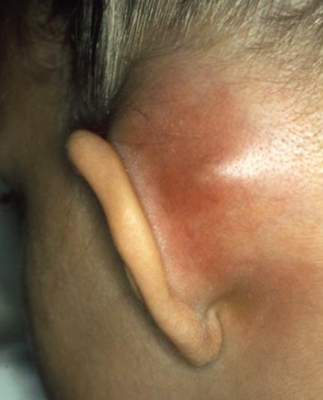
Infection of the mastoid bone, which can lead to abscess formation and require surgical intervention.
FACIAL NERVE PARALYSIS
The facial nerve runs through the middle ear, and infection can lead to paralysis, affecting facial movements.

MENINGITIS
Infection can spread to the membranes covering the brain and spinal cord, becoming a life-threatening condition.
BRAIN ABSCESS
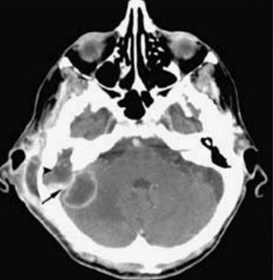
Accumulation of pus within the brain tissue, requiring immediate surgical intervention.
EXTRADURAL ABSCESS
Formation of an abscess between the dura mater and skull, also requiring immediate attention.
LABYRINTHITIS

Infection of the inner ear that can affect hearing and balance, potentially leading to permanent damage.
SINUS THROMBOSIS
Clot formation in the venous sinuses, which is rare but can be life-threatening.
POOR QUALITY OF LIFE
Chronic ear discharge that can lead to significantly affect quality of life. Untreated CSOM can lead to permanent hearing loss, affecting social interaction, education, and employment opportunities.
PSYCHOSOCIAL IMPACT
Reduced quality of life, educational challenges, and social isolation can be indirect but serious complications.
TAKE ACTION AGAINST CHRONIC EAR INFECTIONS!
Chronic Suppurative Otitis Media (CSOM) is a persistent ear problem, but with Dr Sandeep Uppal and his team, you’re not facing it alone. We’re on a mission to spot it early and treat it effectively.
We stay vigilant with regular check-ups, catching any naughty signs before they become big problems. With experts from different fields all working together, we bring you a full circle of care for your ears.
Don’t wait for ear troubles to get worse. Join forces with us for care that’s all about keeping your ears safe and sound. Let’s improve your ear health together. Get in touch now for top-notch treatment and a team that listens to you!
Act now by scheduling an appointment through our appointment.
